One of the reasons we were in Quito was because we were using the capital as a base for our next nature highlight on our trip. We leave the camper in a supervised area for the next few days to take a luxurious break from traveling – a vacation from the vacation, so to speak. We jump over our shadows, forget the travel budget for a moment and book a 6-day Galápagos trip. The overwhelming nature of this unique archipelago in the middle of the Pacific Ocean awaits us.
Cruise through Galápagos
The whole tour is perfectly organized from A to Z and we are met at Quito airport by a helper who aids us check in for the flight to the Galápagos Islands or simply does the check-in for us. We have never experienced anything like this before. This gives us great hope for the coming days on the ship. For a change, we won’t be staying in Ben’s campervan for the next few days, but on a small, luxurious cruise ship with 13 other passengers. But first things first.
Santa Cruz Island and Charles Darwin Research Station
Shortly after arriving on Baltra Island – a small island right next to Santa Cruz Island – we unload our luggage and are met directly by our ship’s naturalist. He is, so to speak, our guide for the next six days. He takes us directly to the first stop on our Galápagos tour. We visit the Charles Darwin Research Station, which researches the giant tortoises of Galápagos and acts as a breeding station to preserve and ideally increase the severely decimated tortoise population. On the short hike through the Charls Darwin research station, we can observe ancient giant tortoises and learn about the entire breeding process. These reptiles are definitely impressive, as they are many decades old and, according to estimates, can live to be over 150 years old. The giant tortoises get their size from the fact that they never really stop growing and become huge with age. In addition, each large island of the Galápagos Islands has its own species of giant tortoise, which is why there are three other research and breeding stations in addition to the Charles Darwin Research Station to cover all species of giant tortoises.
Isabela Island
We move into our room on the ship Domenica and are immediately treated to our first sumptuous lunch buffet. It’s hard to explore nature when you’re hungry. First things first: there is never a shortage of food on this ship. Three times a day we are treated to a buffet with several main course options. Rather too much of a good thing – but for six days we don’t miss out on this luxury. Although the buffet already offers a huge selection, as vegetarians we are always offered an additional option!
During lunch, the crew of the Domenica weighs anchor and sails us to the largest island in the Galápagos archipelago, Isabela.
On Isabela we hike to the huge volcanic caldera, it is so big that it is no longer called a crater, where we can catch an impressive view of a solidified lava lake. Apparently, it is said to be the second largest active volcanic cauldron in the world!
On the way we encounter various wildlife species: seals, water iguanas, unique birds that can only be seen on Galápagos, there’s a bit of everything. Really impressive, especially with the sea lions, we have to be careful not to accidentally stumble over them, as they are sometimes really in the way. As long as we don’t bother them, they are peaceful and they are used to people, our guide Javier tells us.
Las Tintoreras – Shark Canyon on Isabela
We are taken ashore from our ship in small dinghies. The dinghies also allow us to land on small offshore islands, where we can view Las Tintoreras – a shark canyon here on Isabela. During the short hike, we can again see whole hordes of aquatic iguanas. And under no circumstances should we stray from the marked path, as the sand between the lava stones is a nesting place for iguanas. Like everything else on Galápagos, the nesting sites are of course protected and must not be touched or destroyed.
Once we arrive at the shark canyon, we are treated to an impressive spectacle that could have come straight out of a nature documentary. In a small canyon filled with water, sharks of all sizes cavort in the protected area to rest. There must be 50 sharks, many of them virtually motionless at the bottom of the canyon to sleep, some circling above to get a free place to sleep. There are also a few giant tortoises that don’t feel disturbed by the sharks in the slightest, as sharks and tortoises don’t bother each other. Really fascinating! And we are probably lucky, as soon as the sea around the Galápagos Islands gets warmer, the sharks will retreat less into this shallow and therefore warmer water – the spectacle would then be over again until the next season.
On the next dinghy trip, the boat crew and especially the dinghy captains also give us an impressive view of the well-known blue-footed boobies that have nested on the lava rocks. These birds with their bright pastel blue feet seem really special to us. We also see the cute Galápagos penguins for the first time. They are not much bigger than 45 cm and are somewhat clumsy on land with their movements. But once in the water, they are lightning fast and agile. So fast, in fact, that we find it very difficult to capture them with our camera.
Over the course of our trip through the Galápagos archipelago, we take more dinghy trips to explore the rich diversity of animals from the water. The cooled lava flows, some of which flowed directly into the sea, have formed impressive mangroves that provide a refuge for many animals. We can observe large pelicans at close range and watch Galápagos penguins in their coordinated hunt for a school of fish. Wonderful – and all from the comfort of a small dinghy in a unique setting.
Fernandina Island
At Fernandina Island, we finally take our first plunge into the very cool sea. In order to even begin to understand the biodiversity, we have to keep our eyes open not only above the surface of the water, but also when snorkeling below the surface. Although the water temperature is borderline at 17°-22°C, it is definitely worth it. While snorkeling, we accompany giant turtles as they feed and have to be really careful not to collide with the turtles in the surf. Sometimes there are up to six turtles around us at the same time. We also see all kinds of different, colorful fish that are a natural part of the Galápagos ecosystem. We can also explore a natural cave on a snorkeling trip and swim with the water iguanas. We observe how the water iguanas move through the water using only their powerful tails. The four legs are rather useless to swim, it seems to us. And finally, we watch the water iguanas eating. It looks more like a scene from a long-gone dinosaur era. The iguanas dive several meters to the seabed and cling on with their paws. This allows them to gorge themselves on the seaweed. A spectacle of extraordinary nature, once again on the Galápagos!
Back on board
After snorkeling, we can warm up with two different options. On the one hand, we are served an afternoon snack in our swimming trunks so that we don’t have a calorie deficit. And on the other hand, there are two hot whirlpools on the sun deck at the top of the ship to bring us back to an appropriate body temperature. It’s definitely bearable that way!
Crossing the equator on a ship
Apparently, crossing the equator on a ship is a special experience and a big deal for many sailors and seafarers. This is also celebrated for us tourists and we are allowed to follow the crossing live from the bridge of the ship with an explanation from the captain. We also learn that if the crossing is made in daylight, the tourists are sent off the ship at the equator for a dip in the sea. We cross after dusk at around 8 p.m. and so we can toast with the captain in the warmth and even receive a certificate for crossing the equator on a ship.
Santiago Island
We stop off again at Santiago Island to discover another seal species by land, the Galápagos fur seal. As the name suggests, their exterior is covered in fur, making them very cute and tempting to cuddle. Of course we don’t do that, they are still wild animals and they don’t let us get too close – most of the time. We find a mother seal with her pup between two lava rocks. She is not too put off by us tourists, probably because getting into the water with a pup that is probably only four months old would not be the easiest thing to do for her.
Here, too, we are repeatedly accompanied by other unique animal species such as the large pelican, a land iguana and other bird species, as we have been the whole time during our trip through the Galápagos archipelago.
Immediately afterwards, we set off again to explore the underwater world off the island of Santiago. We are not disappointed either. We swim directly off the beach with reef sharks and they seem to patrol the coastline. Our paths cross again and again and they can be observed extensively. The only thing the reef sharks don’t like is being chased underwater; they disappear into the blue in no time at all when we try to get a little closer. As the snorkeling session progresses, we also see spotted eagle rays gliding majestically through the water and the whole excursion is rounded off with rugged underwater structures made of lava that invite us to dive through them even though we are only wearing snorkeling gear. Impressive, and all of this directly from the beach without a lengthy journey by boat for us. Wonderful!
Lobos Island
Our Galápagos tour is coming to an end and we are taking one last highlight with us. The island of Lobos translates as Seal Island. And so it happens that we walk right through the middle of an entire seal colony, all before breakfast. Right next door, the blue-footed boobies hatch their eggs and finally we see the frigate birds during their special mating ritual. The male frigatebirds inflate their red throat pouch while sitting in a tree. Whenever a female flies past, they spread their wings, shake from side to side and present their red balloon, which looks as inviting as possible. The whole thing looks a little strange but is also very exciting. We haven’t seen such a peculiarity of nature for a long time.
San Cristóbal Island
Our six-day tour of the Galápagos Islands ends on San Cristóbal. However, the many shore excursions and activities make the time feel much longer than “just” six days. There is not much left for us to see in the town itself. Now would be the opportunity to buy the last souvenirs. As always, we keep a low profile – the funny thing is that Mimi has already snapped up a T-shirt with a Galápagos print at the textile market in Otovalo.
From Christóbal Island, we take the plane back to Quito.
Conclusion
Yes, Galápagos is expensive, really expensive! But it was definitely worth it for us! Of course, you could make the whole thing a bit cheaper by doing stationary excursions from an island and not sailing around the islands on a boat. However, you are not allowed to visit most of the islands without a guide, which is why you would have to book many different day tours.
We saw a lot of different animals. And also the landscape of the Galápagos is definitely unique! Therefore, it makes the whole experience worthwile.
We are happy to have included this unique natural paradise in our big travel adventure – definitely a “Once in your Lifetime” experience.
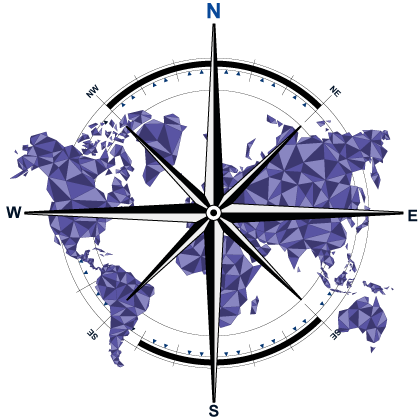







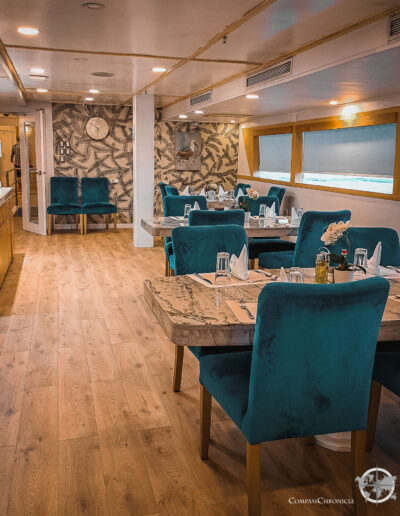



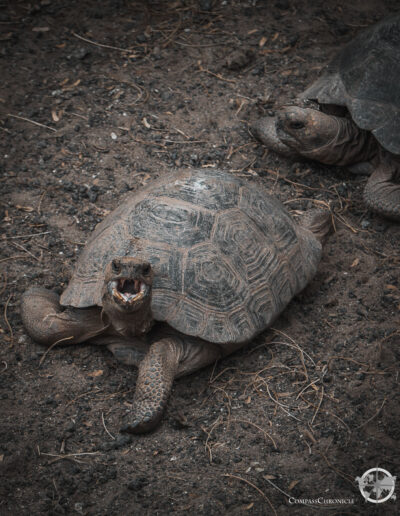


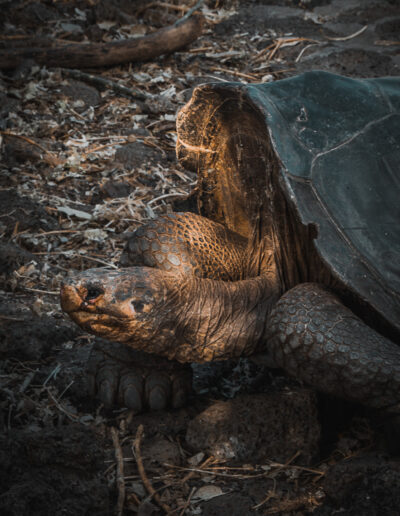
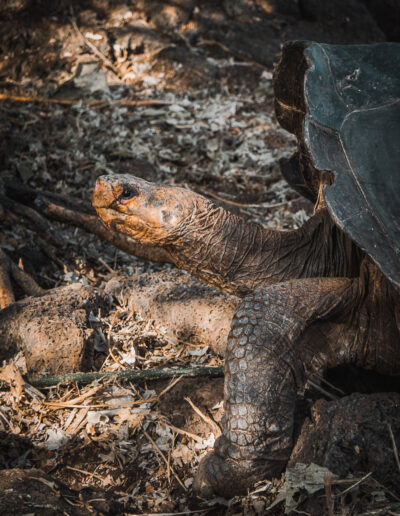

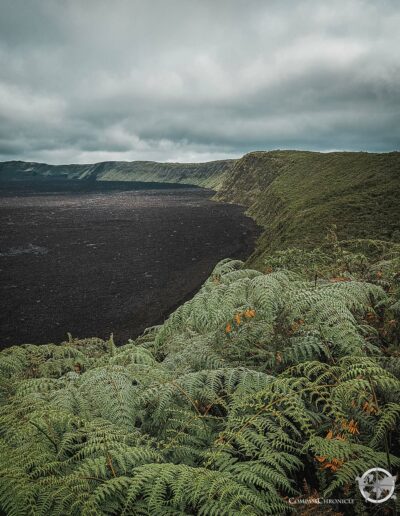
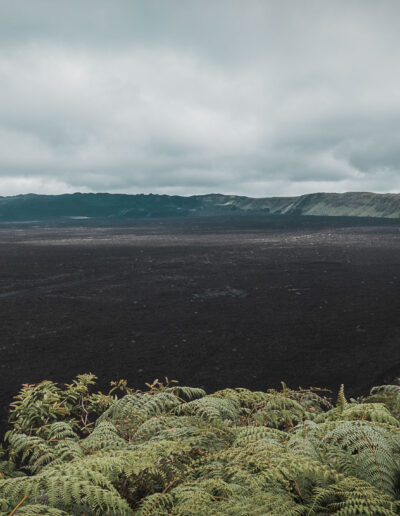





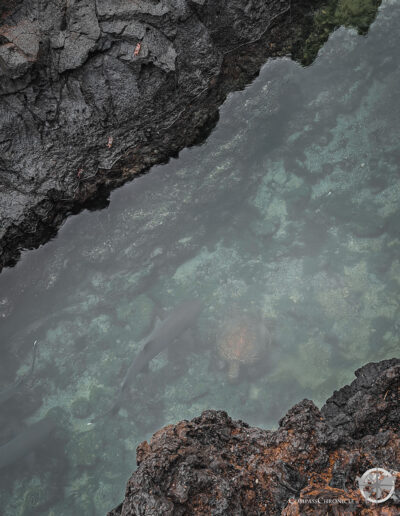






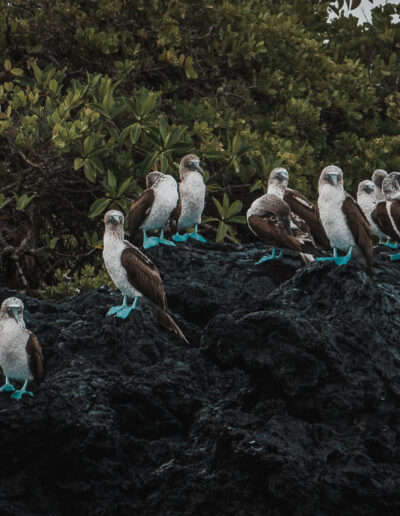





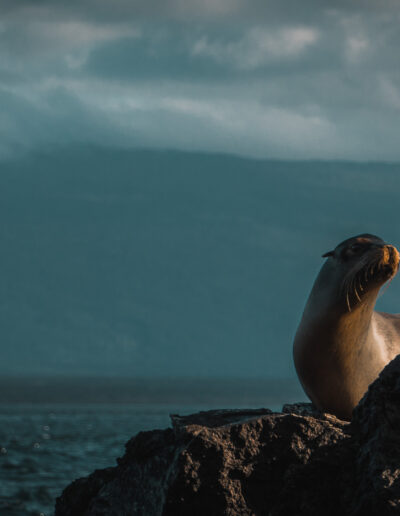

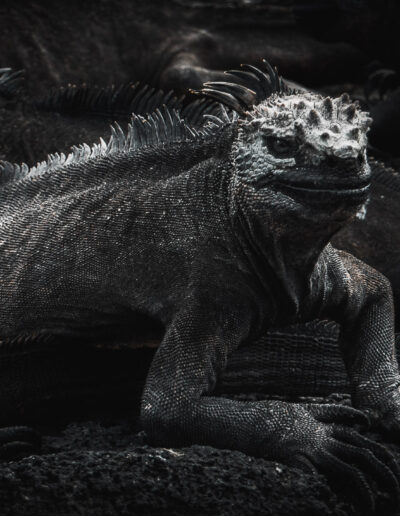




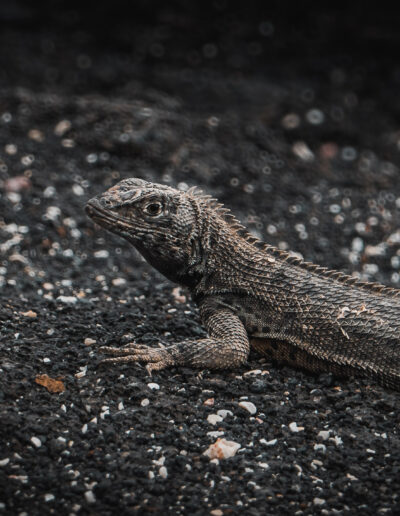


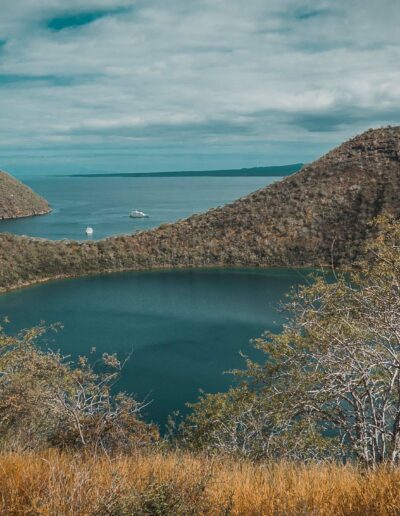


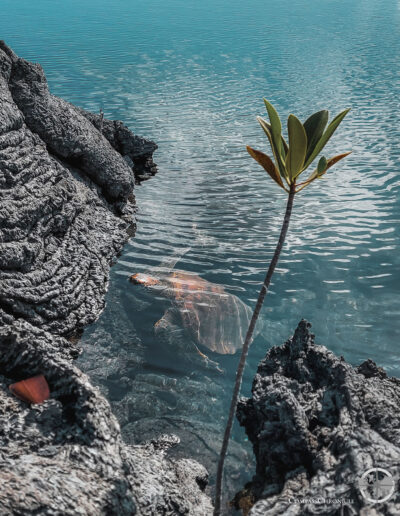
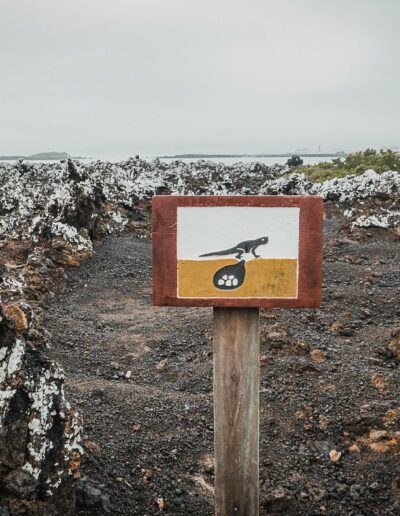






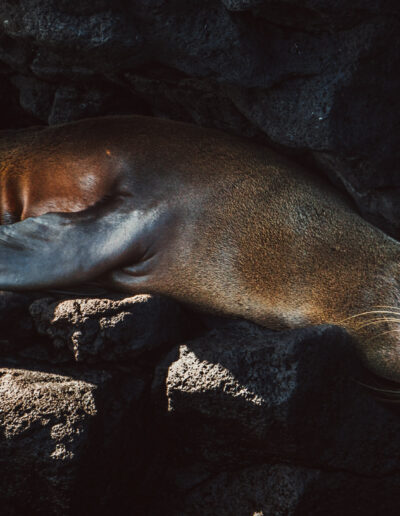

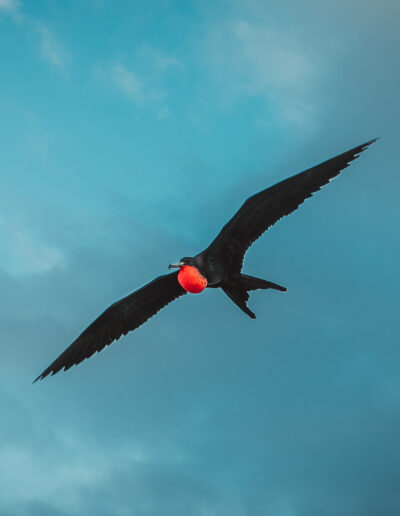
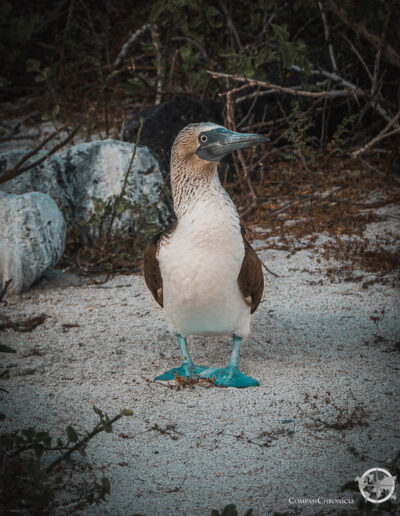

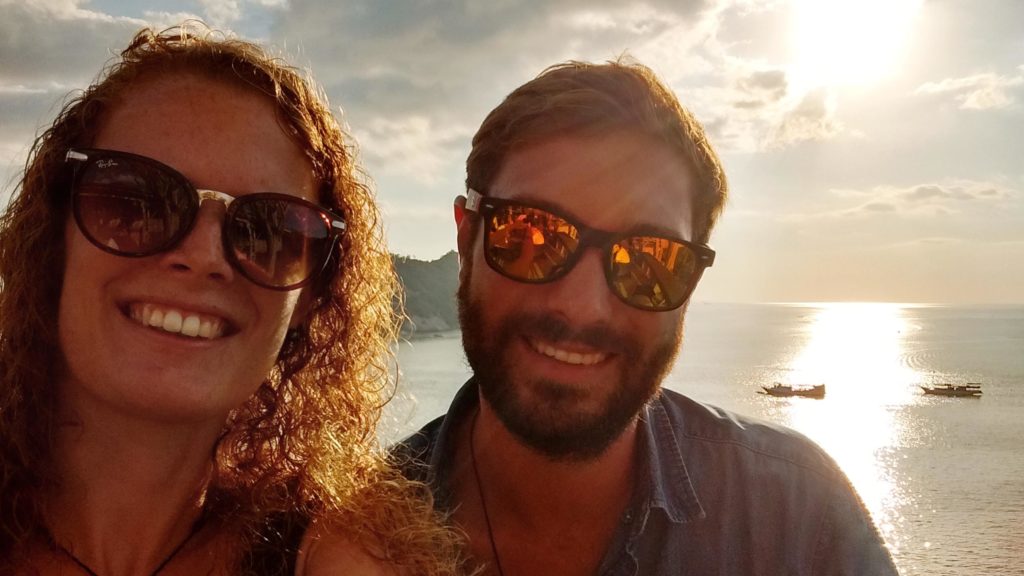
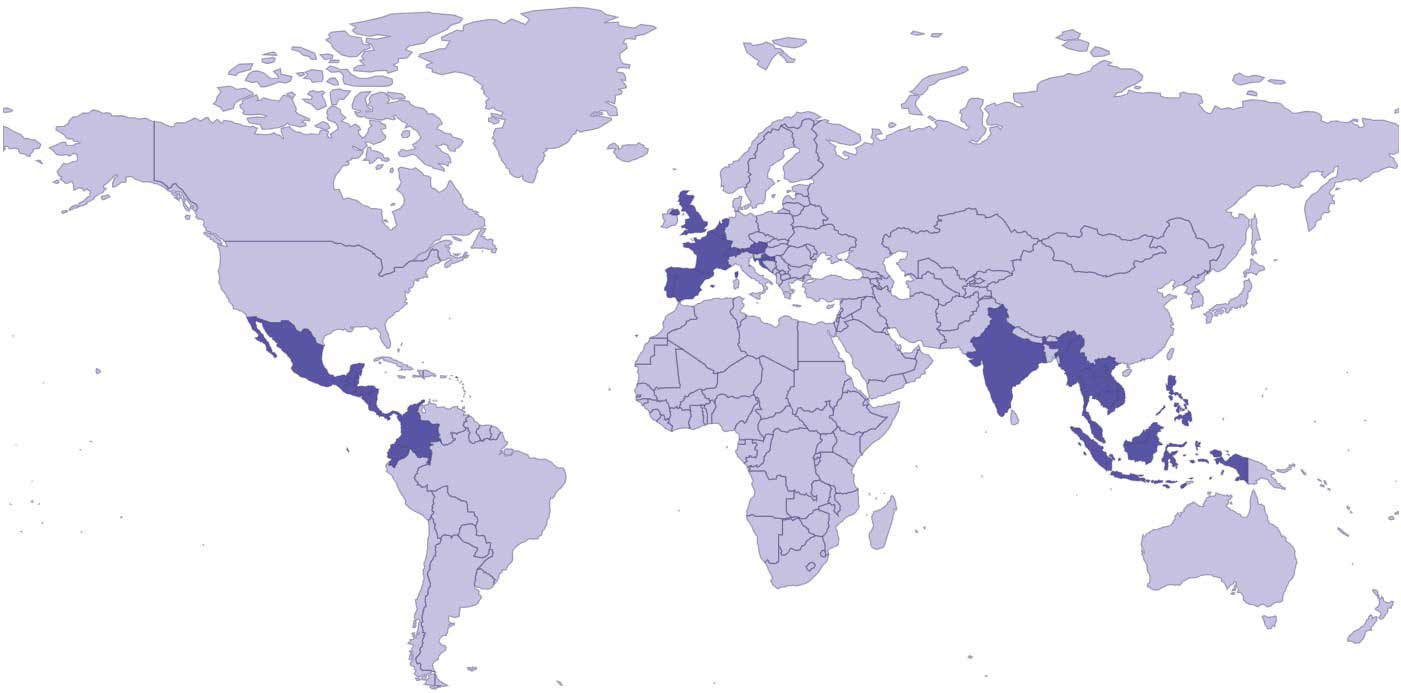

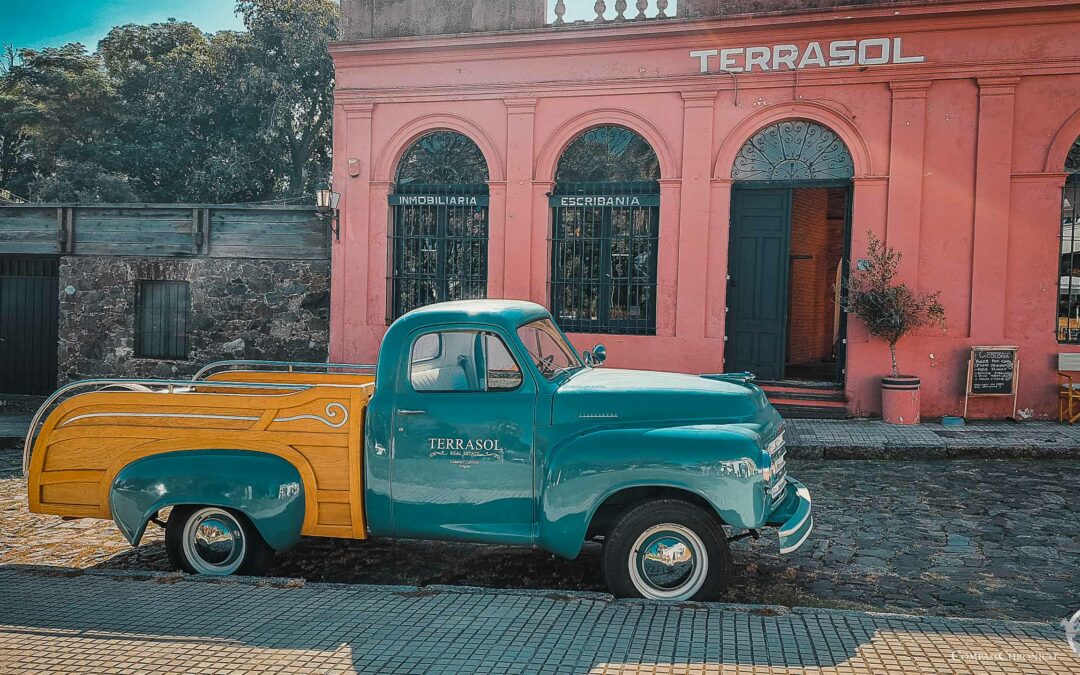
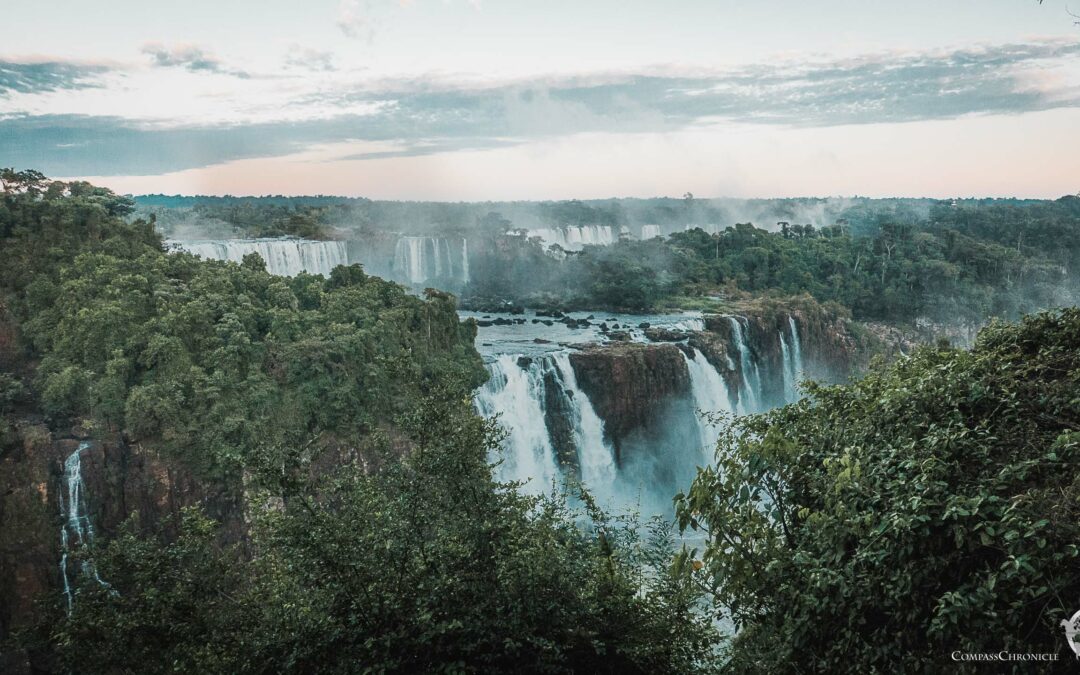
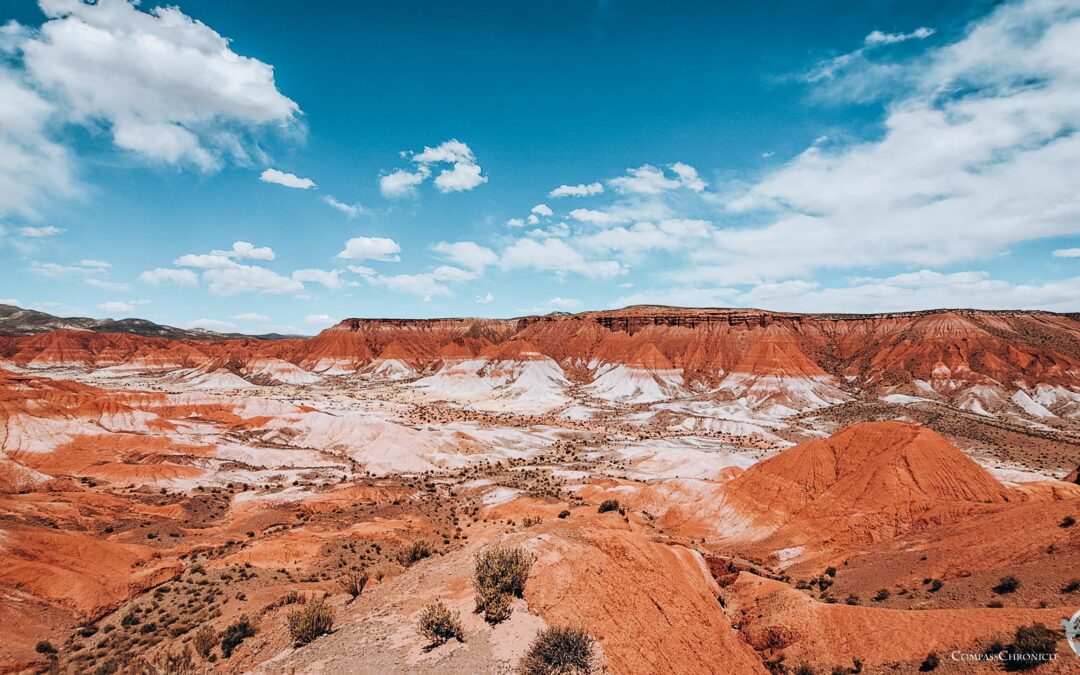
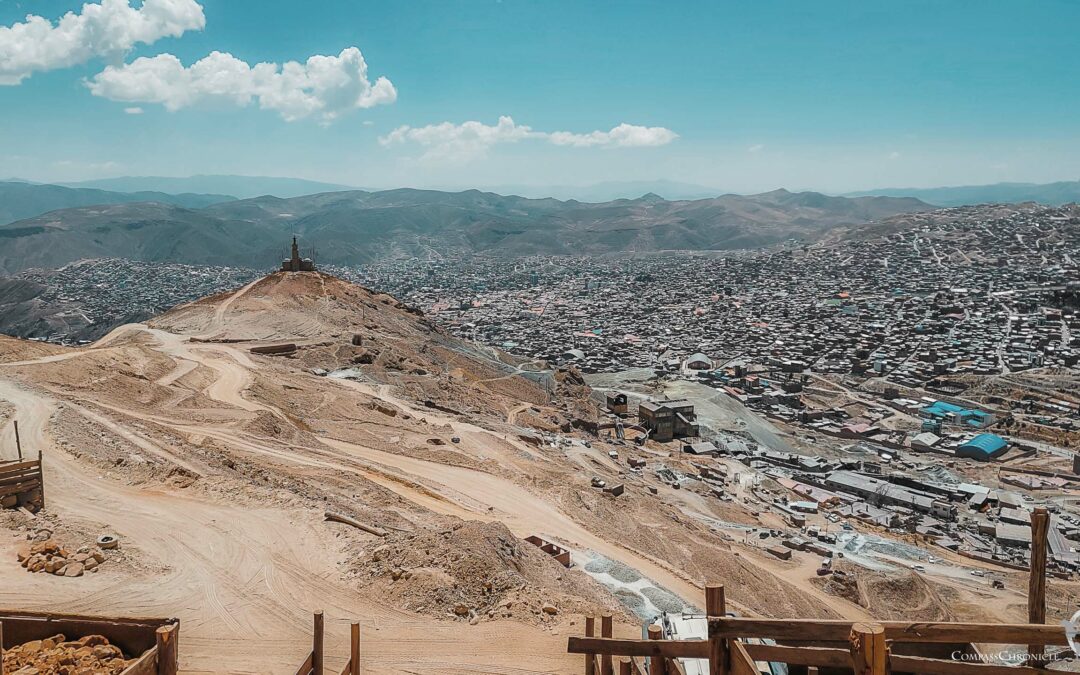
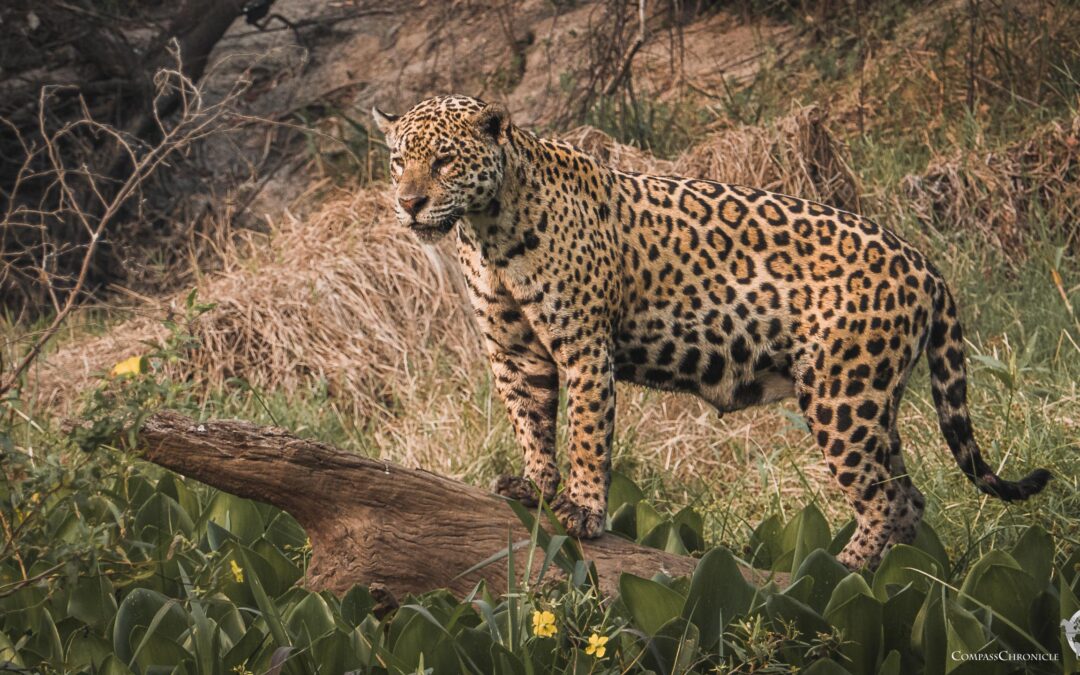
0 Comments